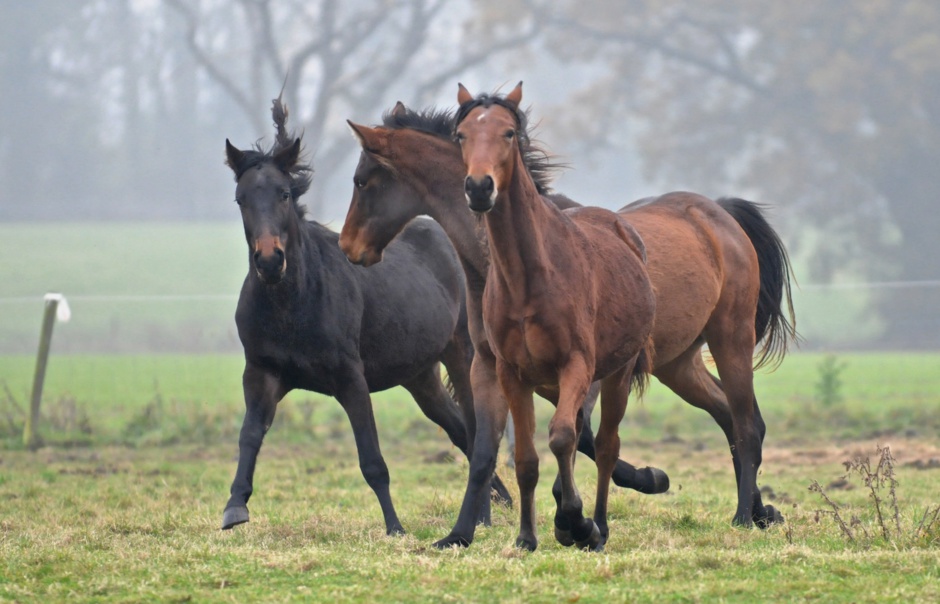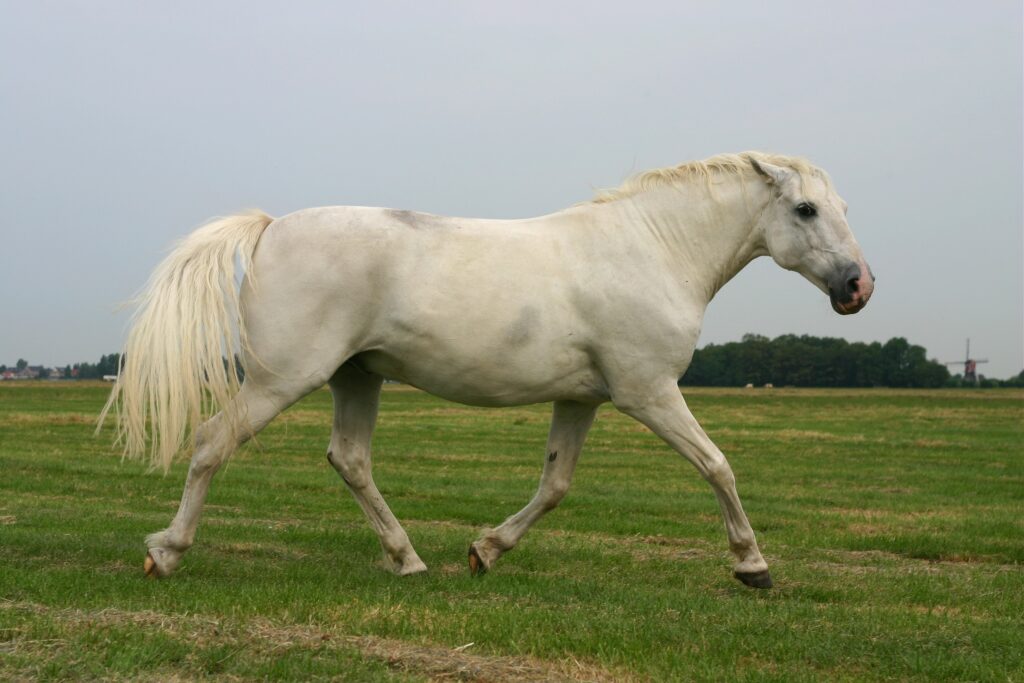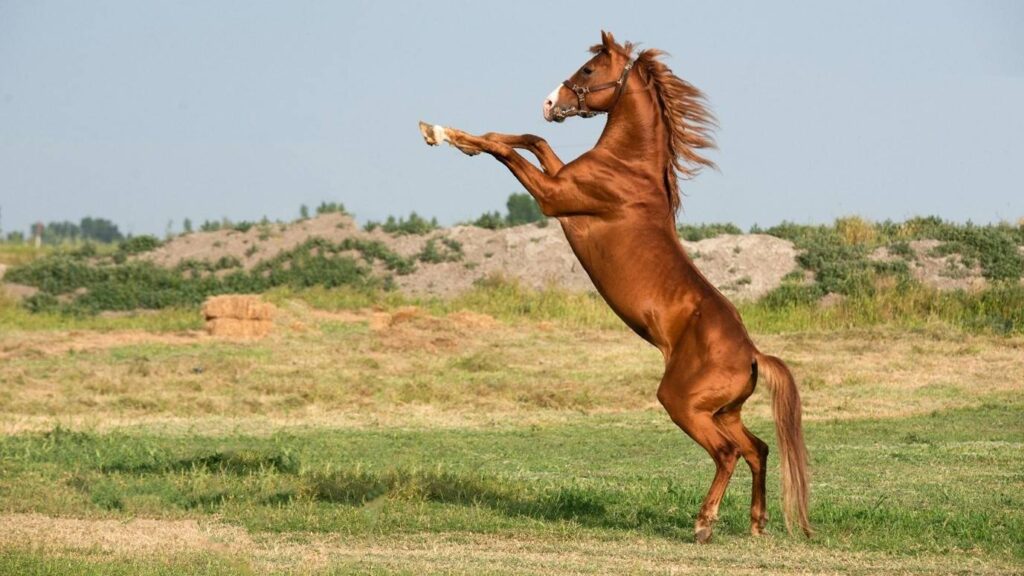Training a horse can be a rewarding journey that fosters a deep bond between human and animal. However, traditional methods of training often rely on force and dominance, which can lead to anxiety, fear, and a lack of trust. Fortunately, there is a growing movement towards horse training without force, emphasizing positive reinforcement and mutual respect. In this article, we will explore the principles and techniques of this humane approach, ensuring a harmonious relationship with your equine companion.

Understanding the Philosophy Behind Force-Free Horse Training
The philosophy of horse training without force is rooted in the belief that horses are sentient beings capable of learning through understanding and trust. This method rejects the use of physical punishment and instead focuses on communication and cooperation. The goal is to create a safe and positive environment where the horse feels empowered to learn and grow.
The Benefits of Gentle Horse Training
Adopting a gentle approach to horse training offers numerous benefits. It not only enhances the horse’s well-being but also strengthens the bond between horse and rider. By using techniques that prioritize the horse’s comfort and confidence, you can achieve better results without resorting to force. This method also encourages the horse to engage willingly, leading to more effective learning and improved performance.
Key Principles of Horse Training Without Force
Building Trust and Respect
Trust and respect are the foundation of any successful horse training without force program. Establishing these elements involves spending quality time with your horse, observing their behavior, and responding to their needs. Patience and consistency are essential in building a strong relationship based on mutual respect.
Positive Reinforcement Techniques
One of the most effective methods in horse training without force is positive reinforcement. This involves rewarding desired behaviors with treats, praise, or other incentives. Positive reinforcement encourages the horse to repeat the behavior, leading to quicker and more effective learning.
Implementing Force-Free Training Techniques
Clicker Training for Horses
Clicker training is a popular form of positive reinforcement that uses a distinct sound to mark the desired behavior. When combined with a reward, the click sound helps the horse associate the behavior with a positive outcome. This technique is not only effective but also enjoyable for both horse and trainer.
Groundwork Exercises
Groundwork is an essential component of horse training without force. It involves exercises that improve the horse’s responsiveness and communication skills. Groundwork exercises help establish a foundation of trust and respect, making it easier to progress to more advanced training.
Understanding Your Horse’s Body Language
Effective communication with your horse begins with understanding their body language. Horses communicate through subtle cues, and recognizing these signals allows you to respond appropriately. Being attuned to your horse’s body language fosters a deeper connection and enhances the training process.
Common Challenges and Solutions in Force-Free Horse Training
Overcoming Resistance
Resistance is a common challenge in any training program, but it can be addressed through patience and understanding. Identifying the root cause of resistance, whether it be fear, confusion, or discomfort, allows you to adjust your approach and find a solution that works for both you and your horse.
Dealing with Fear and Anxiety
Fear and anxiety can hinder the training process, but they can be alleviated through a calm and reassuring demeanor. By creating a safe and supportive environment, you can help your horse overcome their fears and build confidence.
Resources for Learning More About Horse Training Without Force
For those interested in learning more about horse training without force, there are numerous resources available. Books, online courses, and workshops can provide valuable insights and techniques. Additionally, connecting with experienced trainers who specialize in gentle methods can offer guidance and support on your training journey.
Conclusion: Embracing a New Paradigm in Horse Training
Horse training without force is a transformative approach that prioritizes the well-being and happiness of both horse and rider. By embracing this philosophy, you can cultivate a deep and lasting bond with your equine partner, leading to a more fulfilling and rewarding experience for both of you.

FAQ
What is force-free horse training?
Force-free horse training is a humane approach that emphasizes positive reinforcement and mutual respect, rejecting the use of physical punishment.
How can I build trust with my horse?
Building trust involves spending quality time with your horse, observing their behavior, and responding to their needs with patience and consistency.
What are some effective positive reinforcement techniques?
Effective positive reinforcement techniques include clicker training and rewarding desired behaviors with treats, praise, or other incentives.
This article contains affiliate links. We may earn a commission at no extra cost to you.







